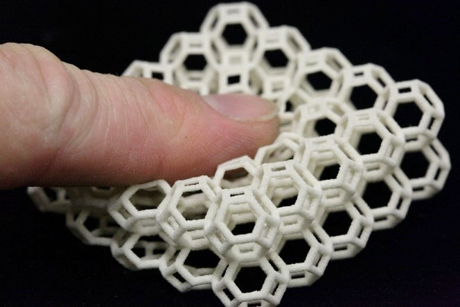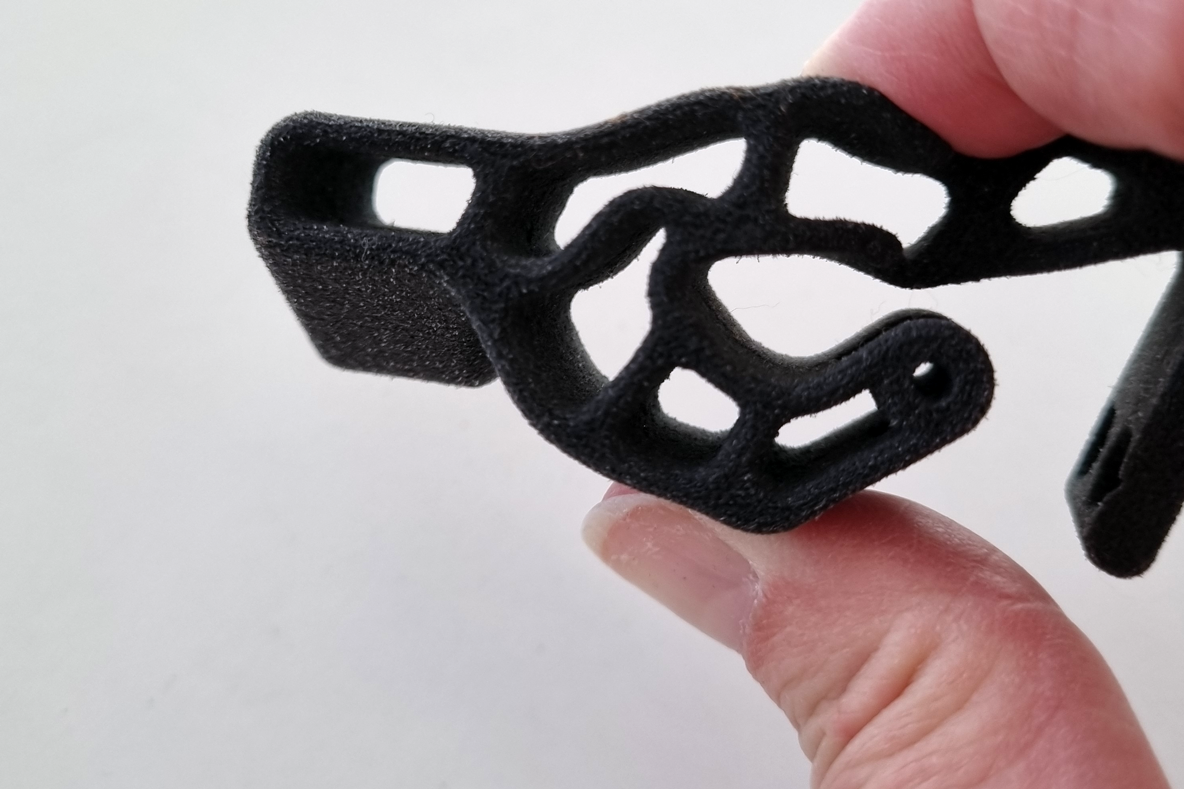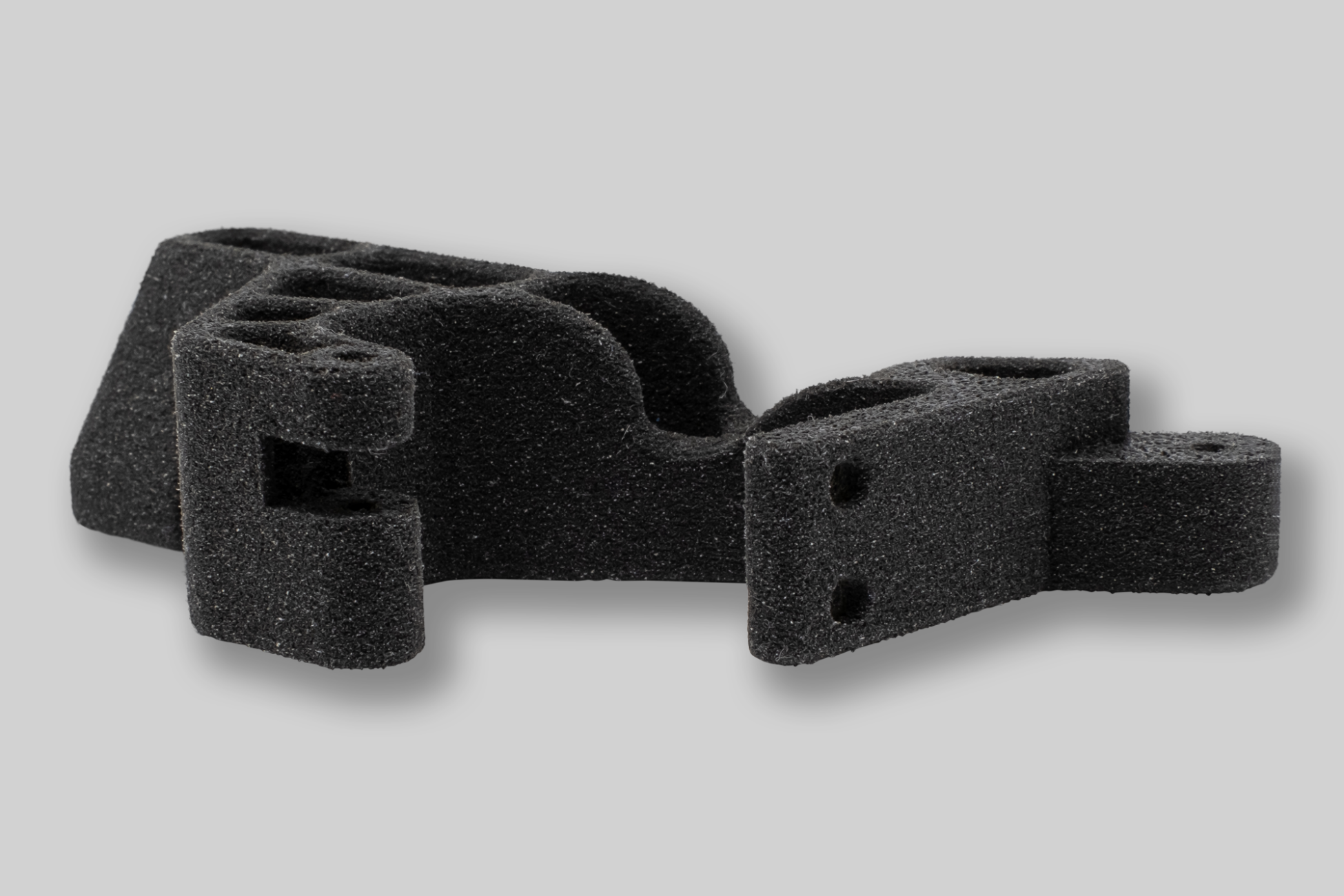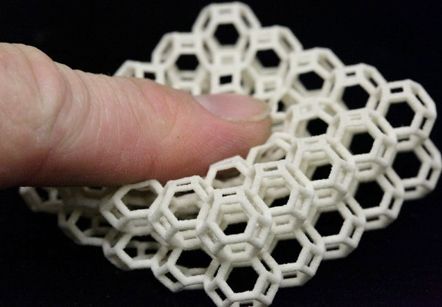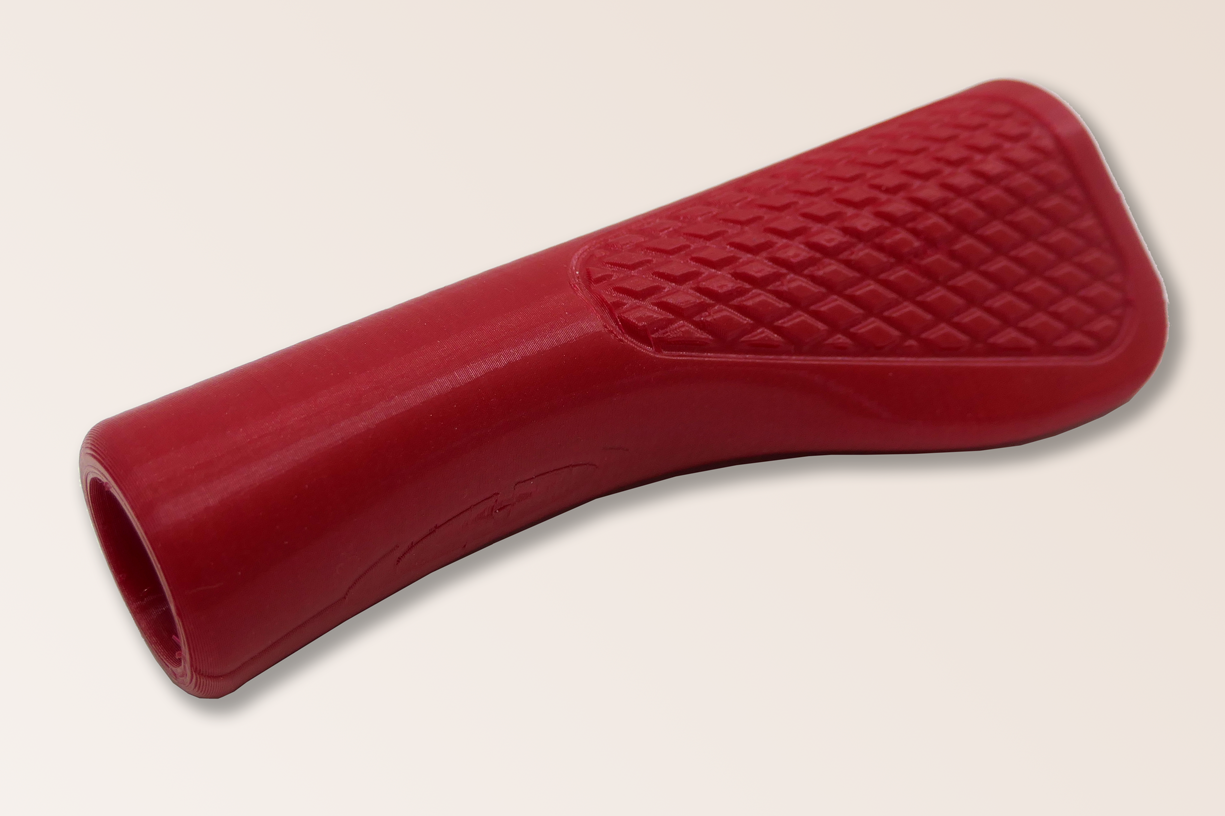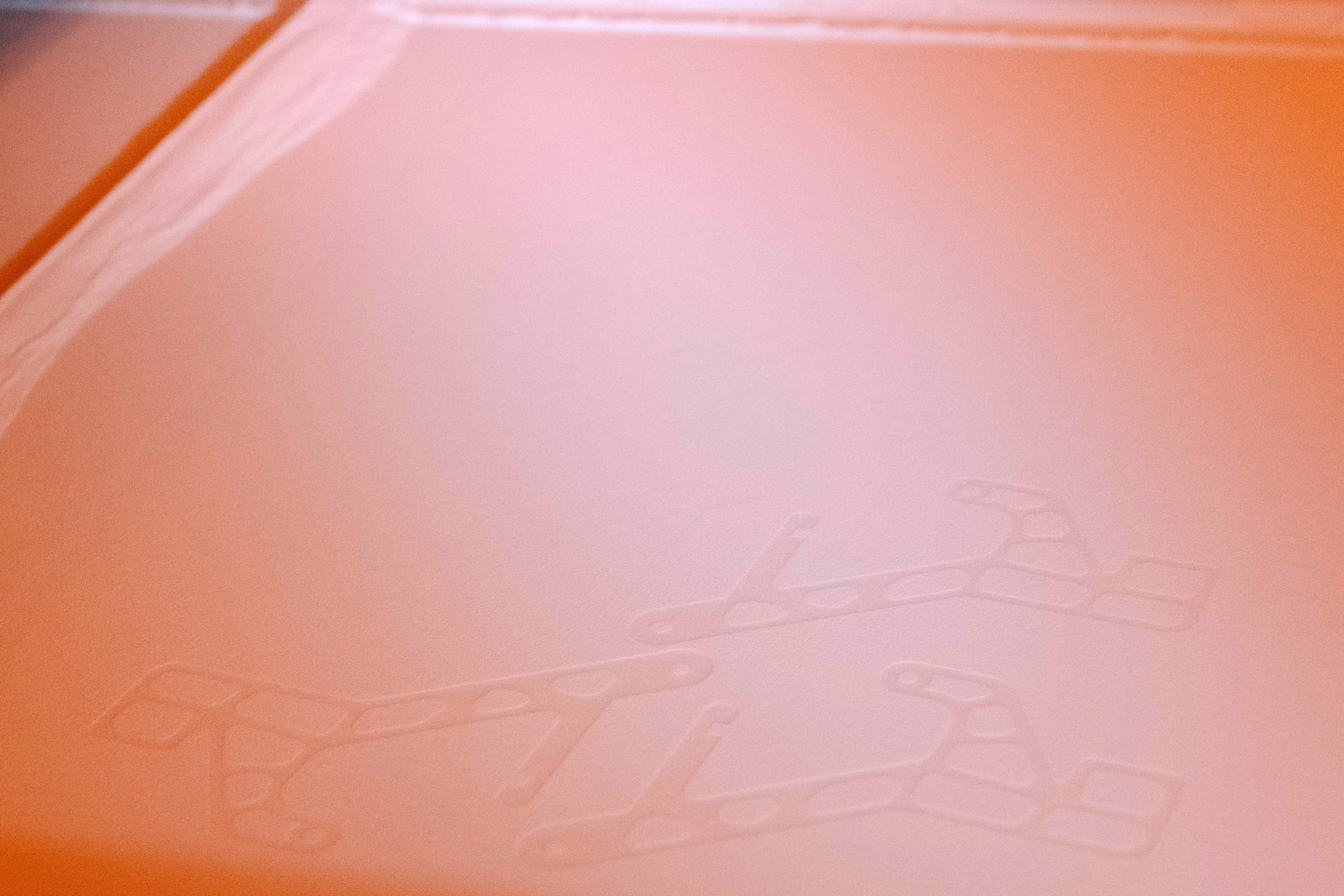Design notes for TPU 3D printing
For 3D printing of TPU, comparable design guidelines apply as for the PA12 material. Apart from this, you should take the following special features into account in the design:
- No support structures are necessary when 3D printing TPU using Selective Laser Sintering SLS.
- Tubes, profiles and undercuts should be designed as generously as possible. When designing, always ensure that caked powder can be removed.
- If the parts are to be chemically smoothed after 3D printing, "non-functional surfaces" and "visible surfaces" must be precisely defined. With chemical smoothing, there is always a support or attachment point, comparable to sprue points for injection molded parts. A hook can also be added in CAD, which is removed after printing (if necessary).
- The wall thickness must be at least 1 mm. Although the laser focus is significantly lower with SLS, the processing of TPU requires at least 1 mm during the process. This is the only way to achieve the required stability of the component. A wall thickness below 1 mm is possible for series parts if technical possibilities have been determined in advance and adapted to the application.
- The cyclic load capacity of TPU parts depends on the geometry and the actual load (buckling or pressing). In principle, however, TPU exhibits high fatigue strength.
- Waterproofing and splash protection can be achieved by chemical smoothing. Depending on the sealing profile and sealing partner, components can also be made directly waterproof. If required, please send us an individual inquiry in the store.
For less complex shapes, FDM technology can be an alternative, as it is less expensive for TPU components. However, depending on the geometry, support structures are required for FDM 3D printing. These are required more often with TPU than with other materials, which severely limits the printability of TPU parts with FDM technology. If you have any questions about this, please send an "individual inquiry" to the Store.


